| Structure | Name/CAS No. | Articles |
|---|---|---|
 |
1-Propanol
CAS:71-23-8 |
|
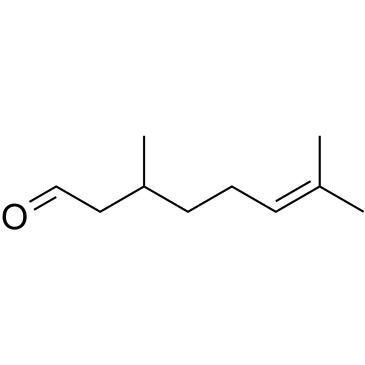 |
Citronellal
CAS:106-23-0 |
|
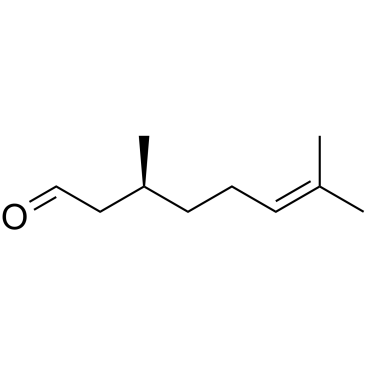 |
(-)-citronellal
CAS:5949-05-3 |
|
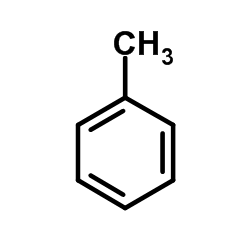 |
Toluene
CAS:108-88-3 |
|
 |
4-tert-Butylcyclohexanone
CAS:98-53-3 |
|
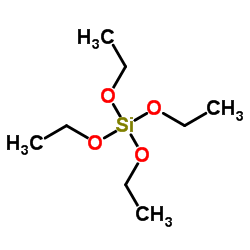 |
Tetraethyl orthosilicate
CAS:78-10-4 |
|
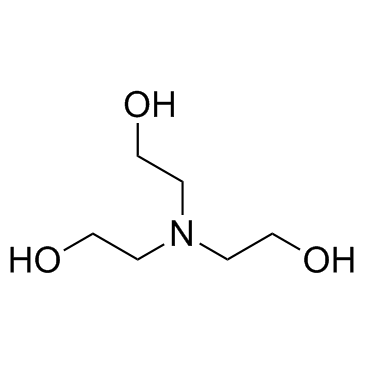 |
Triethanolamine
CAS:102-71-6 |
|
 |
Aluminium isopropoxide
CAS:555-31-7 |
|
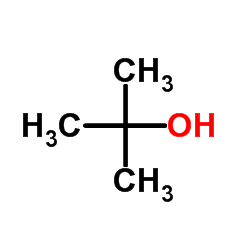 |
tert-Butanol
CAS:75-65-0 |
|
 |
(+)-Citronellal
CAS:2385-77-5 |